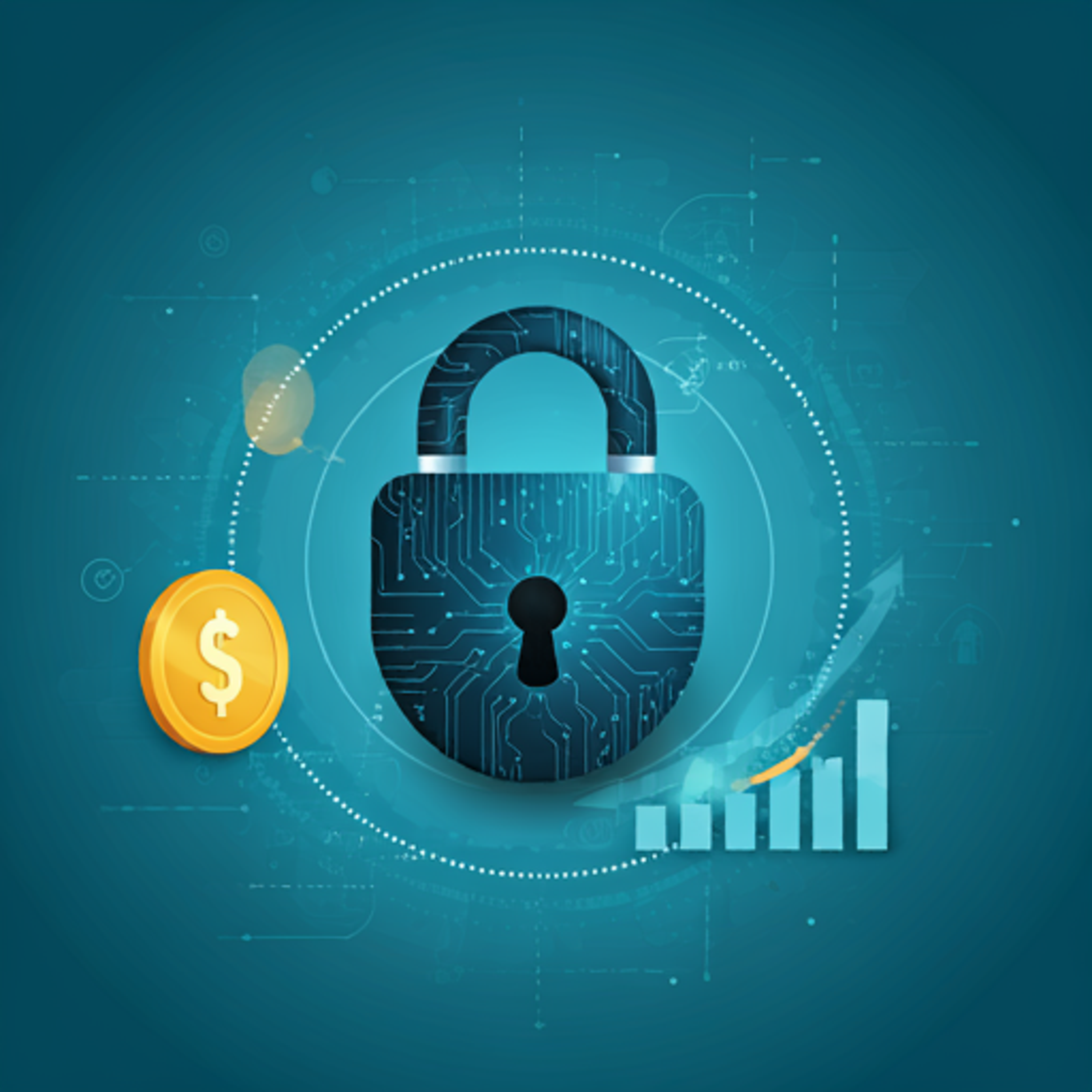Introduction to Cybersecurity in Finance
The Ilportance of Cybersecurity
In the realm of finance, cybersecurity plays a crucial role in protecting sensitive information. He understands that financial data is a prime target for cybercriminals. This constant threat necessitates robust security measures. Without them, individuals risk significant financial loss. The stakes are high in today’s digital landscape. He must remain vigilant against evolving threats. Awareness is key to effective protection. Cybersecurity is not just a technical issue; it is a personal responsibility. Every individual should prioritize their financial security.
Overview of Financial Cyber Threats
Financial cyber threats are increasingly sophisticated and varied. He recognizes several key types of threats, including:
These threats can lead to significant financial losses. The impact is often devastating for individuals and businesses alike. Awareness of these risks is essential for protection. He must stay informed about the latest tactics. Knowledge is power in the fight against cybercrime. Every individual should take proactive measures.
Understanding Cryptocurrency Vulnerabilities
Common Security Flaws in Cryptocurrency Platforms
Cryptocurrency platforms often exhibit significant security flaws. He notes that inadequate encryption can expose user data. This vulnerability allows hackers to intercept sensitive information. Weak authentication methods further increase risks. Many users rely on simple passwords. This practice is dangerous and easily exploited. Additionally, poor software updates can leave systems unprotected. Regular updates are crucial for security. Users must remain vigilant and informed. Awareness can prevent costly breaches.
Case Studies of Major Cryptocurrency Hacks
Several high-profile cryptocurrency hacks illustrate systemic vulnerabilities. He examines the 2014 Mt. Gox incident, where 850,000 bitcoins were stolen. This breach resulted from inadequate security protocols. Users lost significant assets due to poor risk management. Another notable case is the 2016 Bitfinex hack, which compromised over $70 million. Weaknesses in multi-signature wallets were exploited. These incidents highlight the need for robust security measures. Awareness of these risks is essential. Security is paramount in cryptocurrency investments.
Best Practices for Securing Your Cryptocurrency
Using Hardware Wallets for Enhanced Security
Utilizing hardware wallets significantly enhances cryptocurrency security. He understands that these devices store private keys offline. This offline storage mitigates risks from online threats. Additionally, hardware wallets often feature advanced encryption. Such measures protect against unauthorized access. Furthermore, they provide a user-friendly interface for transactions. He believes that regular firmware updates are essential. Keeping software current prevents vulnerabilities. Users should also create strong PINs for added protection. Security is a continuous process.
Implementing Strong Passwords and Two-Factor Authentication
Implementing strong passwords is crucial for cryptocurrency security. He emphasizes that passwords should be complex and unique. This complexity reduces the likelihood of unauthorized access. Additionally, using a combination of letters, numbers, and symbols is advisable. Simple passwords are easily compromised. Two-factor authentication (2FA) adds an extra layer of protection. He notes that 2FA requires a second verification step. This significantly enhances account security. Users should enable 2FA wherever possible. Awareness of these practices is essential for safeguarding assets.
Regulatory Framework and Compliance
Current Regulations Affecting Cryptocurrency Security
Current regulations significantly impact cryptocurrency security. He observes that governments are increasingly focusing on compliance. These regulations aim to protect investors and ensure market integrity. Stricter Know Your Customer (KYC) and Anti-Money Laundering (AML) requirements are now common. They help prevent illicit activities in the cryptocurrency space. Non-compliance can lead to severe penalties. He believes that regulatory clarity fosters trust. Understanding these regulations is essential for all participants. Awareness can mitigate legal risks effectively.
Future Trends in Financial Cybersecurity Regulations
Future trends in financial cybersecurity regulations are evolving rapidly. He notes that regulators are increasingly adopting technology-driven approaches. This shift aims to enhance compliance and monitoring capabilities. For instance, the use of artificial intelligence can streamline KYC processes. Such innovations improve efficiency and reduce human error. Additionally, there is a growing emphasis on international cooperation. Collaborative efforts can address cross-border cyber threats effectively. He believes that adaptive regulations will become essential. Staying informed is crucial for all stakeholders. Awareness can lead to better compliance strategies.
The Role of Blockchain Technology in Security
How Blockchain Enhances Transaction Security
Blockchain technology significantly enhances transaction security. He explains that it uses decentralized ledgers to record transactions. This decentralization reduces the risk of single points of failure. Each transaction is cryptographically secured, making tampering nearly impossible. Additionally, the transparency of blockchain fosters trust among users. Every participant can verify transaction history independently. He believes this level of security is revolutionary. Understanding blockchain’s role is essential for informed decisions. Security is a fundamental aspect of financial transactions.
Limitations of Blockchain in Cybersecurity
Despite its advantages, blockchain has limitations in cybersecurity. He notes that the technology is not immune to attacks. For instance, 51% attacks can compromise network integrity. Additionally, smart contracts may contain vulnerabilities. These flaws can be exploited by malicious actors. Furthermore, user error remains a significant risk. Poor key management can lead to asset loss. He believes education is crucial for users. Awareness can mitigate these risks effectively. Security is a shared responsibility.
Conclusion and Future Outlook
Emerging Technologies in Cybersecurity
Emerging technologies are reshaping the cybersecurity landscape. He observes that stilted intelligence is becoming increasingly vital. AI can analyze vast amounts of data quickly . This capability enhances threat detection and response times. Additionally, machine learning algorithms improve over time. They adapt to new threats effectively. Blockchain technology also offers innovative solutions for security. It provides transparency and integrity in transactions. He believes these advancements will redefine security protocols. Staying informed is essential for effective protection. Awareness can lead to better security practices.
Final Thoughts on Safeguarding Your Assets
Safeguarding assets requires a proactive approach. He emphasizes the importance of comprehensive risk assessment. Identifying vulnerabilities is crucial for effective protection. Additionally, implementing robust security measures is essential. Regular audits can help maintain security standards. He believes that education plays a vital role. Users must understand the tools at their disposal. Awareness can significantly reduce potential threats. Staying informed is key to asset protection. Security is an ongoing commitment.

Leave a Reply